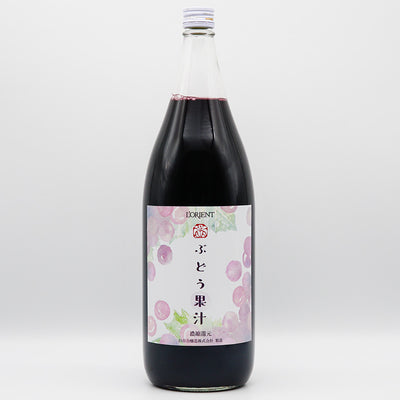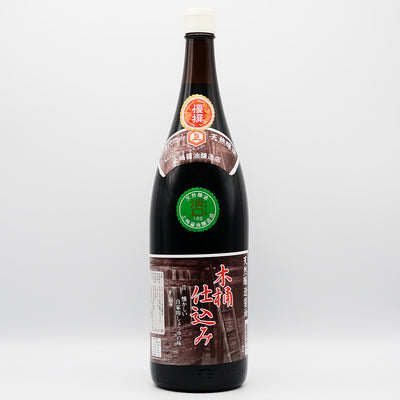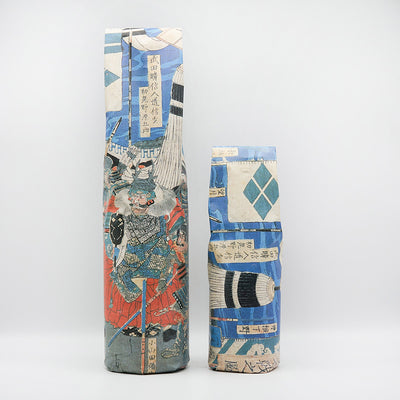What is Japanese sake?

What is sake?
Sake is a type of alcoholic beverage made by steaming white rice , adding koji and water , and allowing it to ferment and mature.
The origin is said to be from the Jomon period to the Yayoi period, and it is a very historical sake.
Sake is called osake (sake), sasa (sake) in ancient Japanese, and hannyato (a Buddhist monk's jargon).
In Japan, it is used as a seasoning for cooking, and is said to be the head of all kinds of medicines.
Types of sake
Ginjo sake
The ingredients are rice, rice koji, water, and brewed alcohol. Sake with a rice polishing ratio of 60% or less. It is a sake that meets the requirements of ginjo brewing, which is a long-term low-temperature fermentation of well-polished rice. It is characterized by a gorgeous and elegant scent that you can feel the fruit.
Daiginjo sake
The ingredients are rice, rice koji, water, and brewed alcohol. Sake with a rice polishing ratio of 50% or less. This sake is made by carefully polishing more than half of the rice. It's a very fragrant Japanese sake.
Pure rice sake
It is a Japanese sake made only with rice, rice koji and water. Many junmai sake express the umami, sweetness, and richness of rice. In addition, since it does not contain distilled alcohol, it is easy to feel the original taste of rice, making it suitable for drinking with meals.
Junmai Ginjo sake
Pure rice sake made from rice, rice koji, and water. Sake with a rice polishing ratio of 60% or less. It is brewed using ginjo, which is a long-term low-temperature fermentation of well-polished rice. It is characterized by a gentle aroma, and many of the "Ajiginjo" sake are suitable.
Junmai Daiginjo sake
Pure rice sake made from rice, rice koji, and water. The rice polishing ratio is 50% or less. It is a sake that you can enjoy the contrast between the umami of rice and the gorgeous ginjo aroma.
Special pure rice sake
Sake with a rice polishing ratio of 60% or less, or junmai sake that uses a special brewing method. Tokubetsu Junmai-shu and Tokubetsu Honjozo-shu can also be marked as “special” even if the brewing method has been specially devised. There are no clear rules for this brewing method, and each brewer or brewery decides whether to call it "special" or not depending on what kind of sake they want to appeal as special junmai sake. There are many sakes that show the ingenuity of each brewery and brewer so that the scent and color shine.
Honjozoshu
Sake made from rice, rice koji, water, and brewed alcohol. The rice polishing ratio is 70% or less. By adding brewed alcohol, it is a sake that is well-balanced and has a refreshing taste.
Special Honjozoshu
Honjozo sake with a rice polishing ratio of 60% or less or a special brewing method. By polishing the rice well or using a special brewing method, it has a higher and more delicate flavor than regular honjozo.
original sake
It is sake that has not been adjusted with water. The alcohol content of ordinary sake is around 15%, but the alcohol content of unblended sake is very high at around 20%, allowing you to enjoy a rich and deep flavor.
unpasteurized sake
It refers to sake that is shipped in its raw state without undergoing any heat treatment. Feels like water. It features a cool flavor and a fresh taste.
raw sake
Generally stored raw. Raw storage sake is heat-treated only once before shipment. Although it retains its freshly squeezed flavor, it is more stable than unpasteurized sake because it has been pasteurized once.
stuffed raw
It is a sake that is heated only before storage, which is done twice before storage and before shipment. You can enjoy a fresh and juicy taste and a gentle and mellow mouthfeel.
new sake
Brewed with new rice harvested that year. Freshly made sake that is shipped as soon as it is made, is also called “shiboritate” and is very fresh. Because it is not stored for a long time, it is characterized by a refreshing and refreshing taste.
Old sake
Sake that has been matured in the brewery for over 3 years. The aging period varies depending on the brand. A complex yet elegant and refined fragrance. It is a sake that you can enjoy the taste changes such as color, acidity and bitterness.

Japanese sake, sake
Each year, sake brewers take on the challenge of brewing sake while passing on the techniques that their predecessors have built up.
Japanese sake is like a work of art, and you can feel the spirit of the craftsmen when you drink it.






